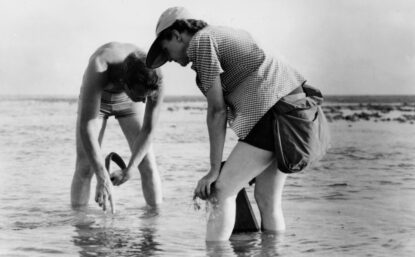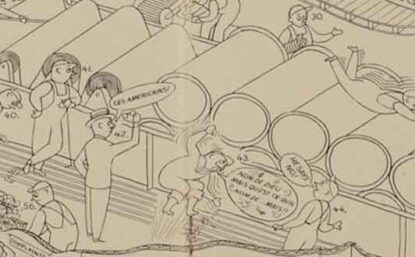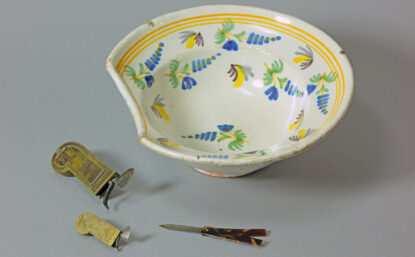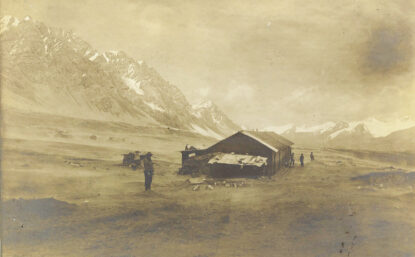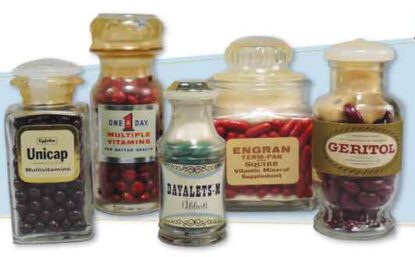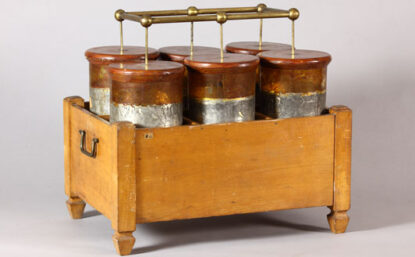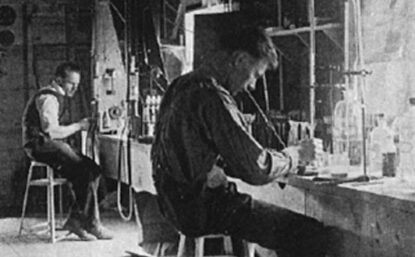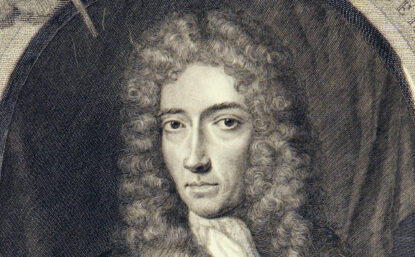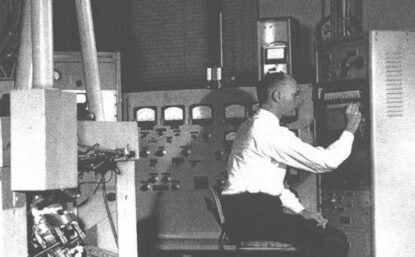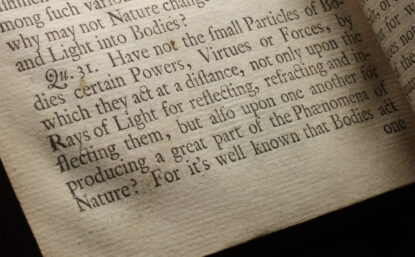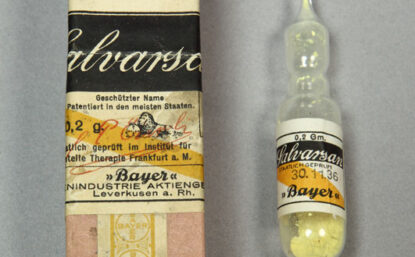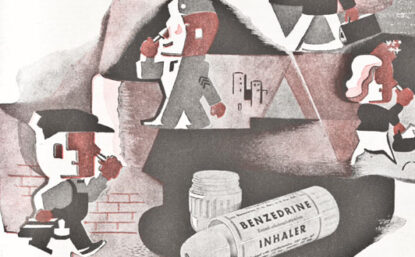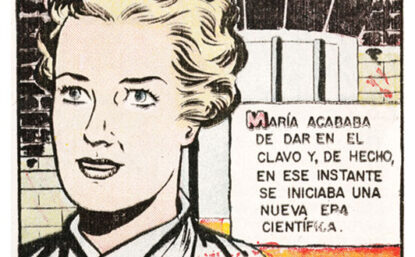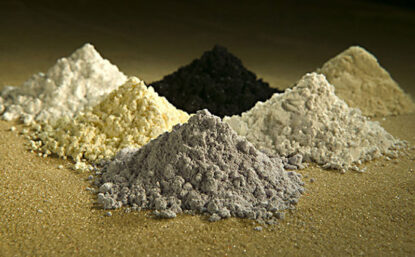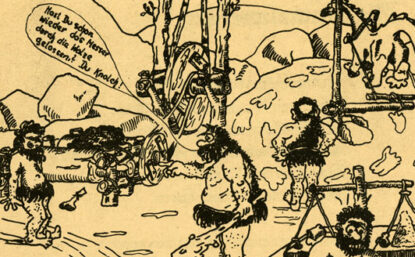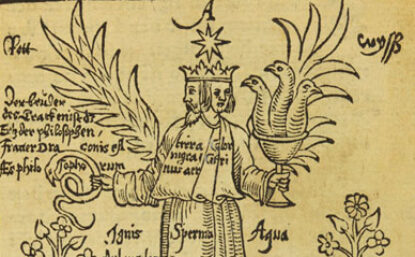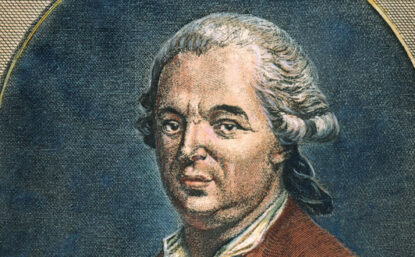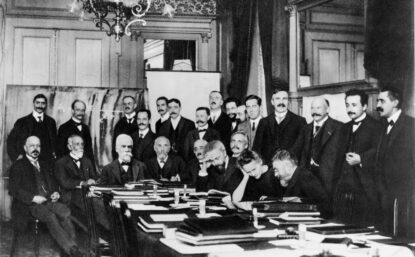Distillations magazine
Red the World Over
How a tiny cactus parasite called cochineal became one of the Spanish Empire’s most lucrative commodities.
Distillations articles reveal science’s powerful influence on our lives, past and present.
Loud and Clear
Rachel Carson’s genius lay in pulling together data from many areas and synthesizing it to create the first coherent account of the effects persistent chemicals had on the environment.
Cellophane Comes to Buffalo
Jacques Brandenberger spent years perfecting a transparent, moisture-repellent film he named cellophane.
Let It Bleed
Joseph E. Snodgrass’s poetry memorably reflected the public faith in bloodletting as medical treatment.
The Rocks at the Top of the World
Vanadium was a rare metal, but for 100 years after its first discovery in 1801 no one cared—until a chemist discovered it strengthened steel.
Vitamins Come to Dinner
Neither medicine nor food, the vitamin pill was born in the early 20th century and came of age during World War II. Now, vitamins are here to stay—and so is the controversy that swirls around them.
Leyden Jar Battery
Electricity and Enlightenment go together like Benjamin Franklin and 100-dollar bills.
On the Scent: The Discovery of PKU
A mother’s dogged search for the cause of her babies’ mental decline led to the discovery of a new disease.
Full Boyle
Robert Boyle is best known in chemistry classrooms for Boyle’s law, but the law was never stated outright in Boyle’s work.
An Emerging Field
Chemist Frank Field turned a hand-me-down mass spectrometer into pioneering career.
Last Words
Even toward the end of his life, Isaac Newton still had questions about chemistry.
Early Solution
Was arsenic a poison or a salvation?
Fast Times: The Life, Death, and Rebirth of Amphetamine
Amphetamine didn’t cure anything, but it did make you feel better. Chemist Gordon Alles faced this paradox after patenting his discovery in 1932.
Stories of the Great Chemists
In the 1950s comic books took Mexico’s youth by storm. But alongside familiar superhuman avengers were other kinds of heroes: real-life chemists.
Industrial Vitamins
Rare earth metals are the vitamins of modern technology. How did this group of chemically dull elements become so important and so troublesome?
Factory to Farm
The 1944 Morgenthau Plan envisioned postwar Germany as an agrarian state. Fortunately, the Marshall Plan was adopted instead.
Pandora’s Secrets
You can’t tell a book by its cover.
Mesmerized
The controversy around animal magnetism.
Making the Process
By 1790 chemistry was the up-and-coming science. The products of chemistry—industrially useful salts, acids, and alkalis—would soon be measured not by the ounce (or the gram) but by the ton.

